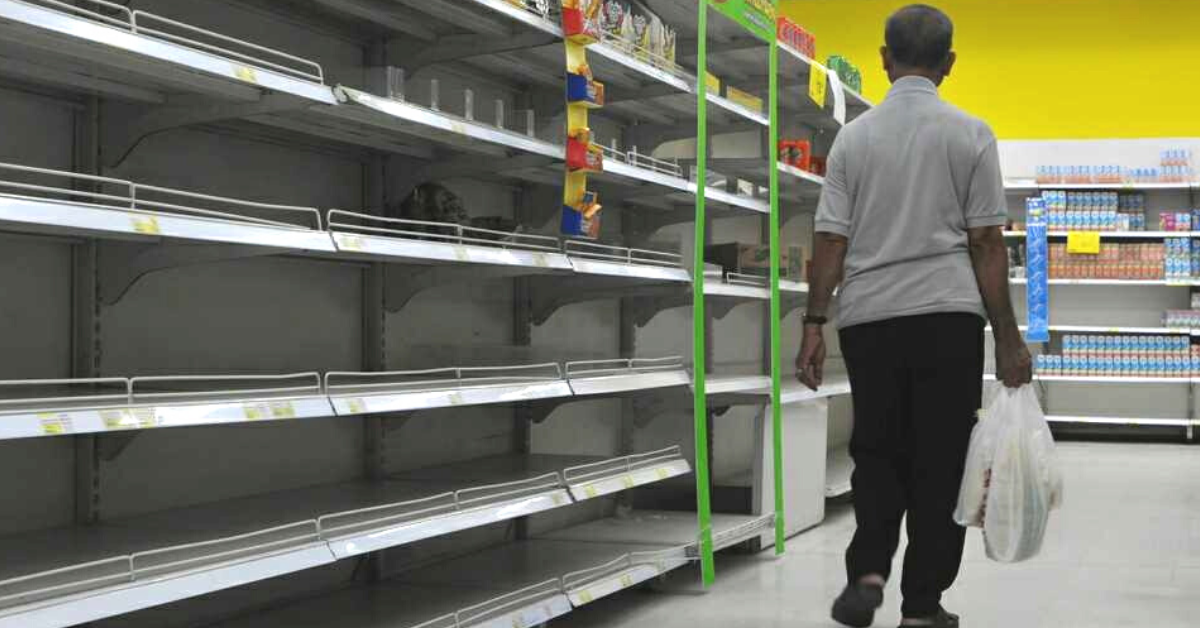Stock Up, Don’t Hoard: A Checklist of What You Need In Case of a COVID-19 Outbreak
You can also stock up on the cleaning products that you need for your household given that we are being urged to sanitise and clean all surfaces frequently.

The COVID-19 cases in India now stand at 125, with three patients having lost their lives to the deadly virus. Over the last forty-eight hours, several new cases have been reported and according to Balram Bhargava, the Director-General of the Indian Council of Medical Research (ICMR), India is currently in Stage 2 or the local transmission stage.
What Do The Stages Indicate?

Stage 1 is the phase where those with a travel history to affected countries are at risk.
Stage 2 is best described as the stage where those travellers transmit it to their family and friends. This is also called local transmission.
Stage 3 or the community transmission is when the entire community is impacted by the virus.
And Stage 4 is the epidemic stage.
Many states in India have declared the Covid-19 to be an epidemic and have taken certain steps, which may seem drastic, but it is perhaps a wise step, says Dr Bhargava.
With the government urging people to stay at home and practise social distancing as much as possible, the fallout of this is the panic of buying of supplies by people. We have seen news of the injudicious hoarding rampant in other countries with shops running out of stocks.
While being prepared is important, there is no need to cause a run on the supermarkets. We need to understand what and how much of supplies (groceries and medical) we must have in reserve for an effective social distancing mechanism.
The Better India (TBI) got in touch with Dr Rifa Tazyeem Khan, Clinical Epidemiologist, Y R Gaitonde Center for AIDS Research and Education, to understand the dos and don’ts of buying during an emergency.
“For coronavirus, per se, no one needs to stock up on any sort of medication. If you start to display any of the symptoms then make sure you get yourself tested at one of the centers that the government has set up.”
Symptoms for Coronavirus may include runny nose, sore throat, cough, fever, difficulty breathing in severe cases, diarrhea in some cases.
On reserving supplies, Dr Khan says, “Stock, but do not hoard. Those who are on regular medication for any condition should have medicines to last them about two months. That is what we tell our patients.”
Groceries And Other Essentials

· Make a list of all the things that you use regularly and have enough stock for 14 days. Please take into account the size of the household while deciding this amount.
· If you have access to fresh fruits and vegetables, buy them as and when you need them. Else you may stock up on vegetables that are likely to last longer, like potatoes, onions, peas, and other root vegetables. Make a list of non-perishable food items like sugar, rice, flour, oils, tea, coffee, cereals, biscuits etc. and stock up on these.
· If you have children at home then stock up on diapers and any baby food that you might require. Be mindful of getting milk cartons as well that you can use in case of non-availability at a later stage.
· Similarly with senior citizens or ailing members of the family, all necessary medicines, and other essentials must be stocked up for a period of two weeks.
· You might want to consider withdrawing some amount of cash and keeping it handy. This can be used in case the card machine at a particular place does not work.
· You should also restock the first aid box that you may have at home. Ensure that it has the basics like bandage, cotton, antiseptic cream, antiseptic powder, sanitiser, antiseptic cleaning liquid, antacids, and essential medicines which can include paracetamol and other over the counter available drugs.
· You can also stock up on the cleaning products that you need for your household given that we are being urged to sanitise and clean all surfaces frequently.
The Center for Disease Control and Prevention (CDC) is also advocating that we create a household plan of action, which should include the following:
1. Talk to family members who need to be included in your plan and ensure that you are all on the same page. Draw up a system for the eventuality that one amongst you might test positive for Covid-19. Be clear on what the course of action should be in such a scenario. If you are advised to be home quarantined, plan in advance for which room that might be in.
2. Take special care of those who are at a higher risk of getting infected like children, the elderly and people with medical conditions. Keep them away from people coming from outside.
3. Identify and keep handy the phone numbers of those in your locality who could provide immediate medical care if the need arises. Also, make a note of the closest healthcare center where you can go to get tested. Read about the 52 government approved centers here.
4. Put together an emergency contact list and circulate the same amongst your family members.
There is a clear difference between panic purchases and preparing for an emergency. You could ensure that you step out to shop when you are in a calm frame of mind to avoid falling prey to panic purchases.
The bottom line is to not panic and hoard supplies but to be selective and keep adequate supplies (14 days) of some essentials. Remember, panic spreads faster than the virus.
Also Read: Precautions For Coronavirus: Here’s How You Should Be Washing Your Hands
(Edited by Saiqua Sultan)
Like this story? Or have something to share?
Write to us: [email protected]
Connect with us on Facebook and Twitter.
If you found our stories insightful, informative, or even just enjoyable, we invite you to consider making a voluntary payment to support the work we do at The Better India. Your contribution helps us continue producing quality content that educates, inspires, and drives positive change.
Choose one of the payment options below for your contribution-
By paying for the stories you value, you directly contribute to sustaining our efforts focused on making a difference in the world. Together, let’s ensure that impactful stories continue to be told and shared, enriching lives and communities alike.
Thank you for your support. Here are some frequently asked questions you might find helpful to know why you are contributing?


This story made me
-
97
-
121
-
89
-
167











